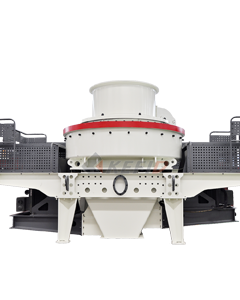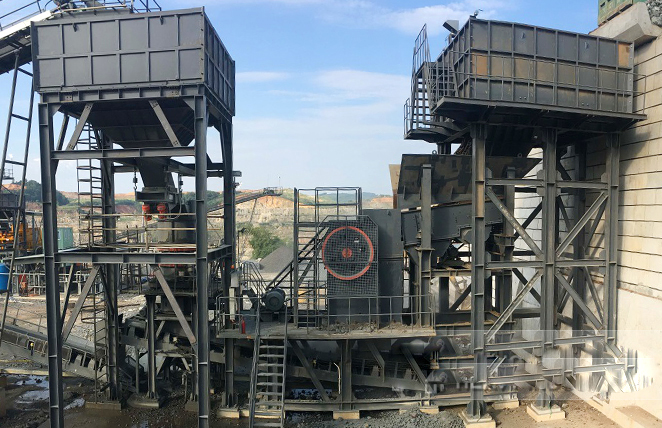The aggregate crusher machine is a key piece of equipment in construction, mining, and quarrying operations. Its primary function is to reduce large rocks, gravel, or other raw materials into smaller, uniform-sized aggregates for use in various applications. Below are its main functions:
1. Size Reduction
– Breaks down large rocks, boulders, or demolition waste into smaller pieces (e.g., gravel, sand, or crushed stone).
– Produces different aggregate sizes (coarse, medium, fine) for specific construction needs.
 2. Material Processing
2. Material Processing
– Processes natural stone (limestone, granite), recycled concrete, asphalt, and other minerals into usable aggregates.
– Removes impurities and improves material quality.
3. Uniform Gradation
– Ensures consistent particle size distribution for better compaction and stability in construction projects (e.g., roads, foundations).
4. Recycling & Reuse
– Crushes demolished concrete and asphalt for reuse in new construction (sustainable recycling).
5. Preparation for Further Processing
– Prepares materials for secondary crushing or screening to achieve desired specifications.
6. Cost & Efficiency Benefits
– Reduces transportation costs by processing materials on-site.
– Increases productivity by automating the crushing process.
Types of Aggregate Crushers & Their Functions:
– Jaw Crusher: Primary crushing of hard rocks into coarse aggregates.
– Impact Crusher: Produces cubical-shaped aggregates (ideal for asphalt & concrete).
– Cone Crusher: Secondary/Tertiary crushing for finer aggregates.
– Gyrator rusher: Large-scale primary crushing in mining/quarrying.
rusher: Large-scale primary crushing in mining/quarrying.
Applications:
– Road construction (base & sub-base layers)
– Concrete production (mixing with cement)
– Railway ballast & drainage systems
Would you like details on a specific type of crusher?





Leave a Reply